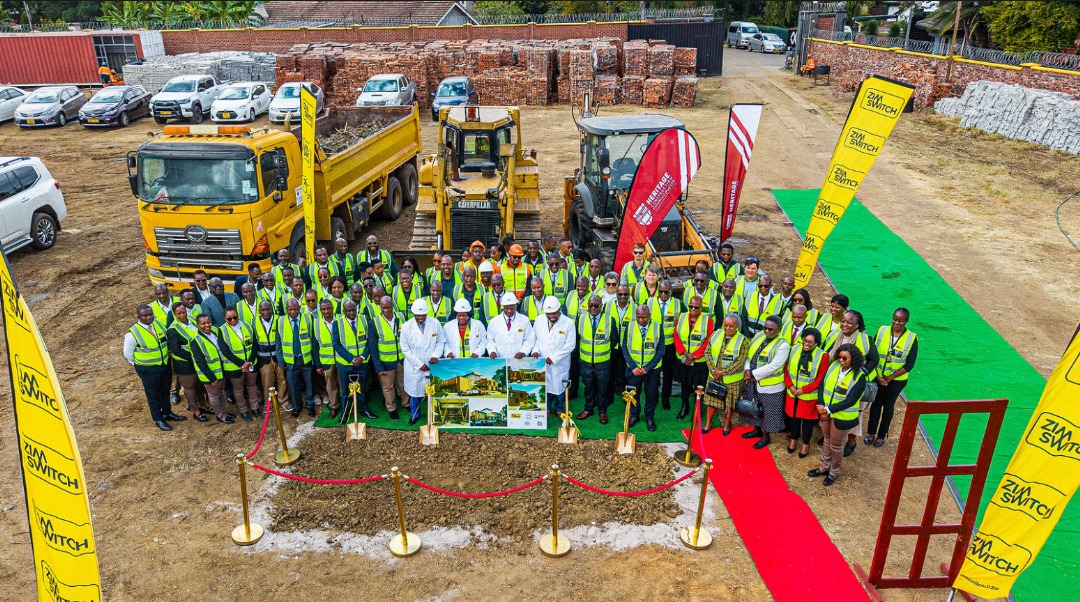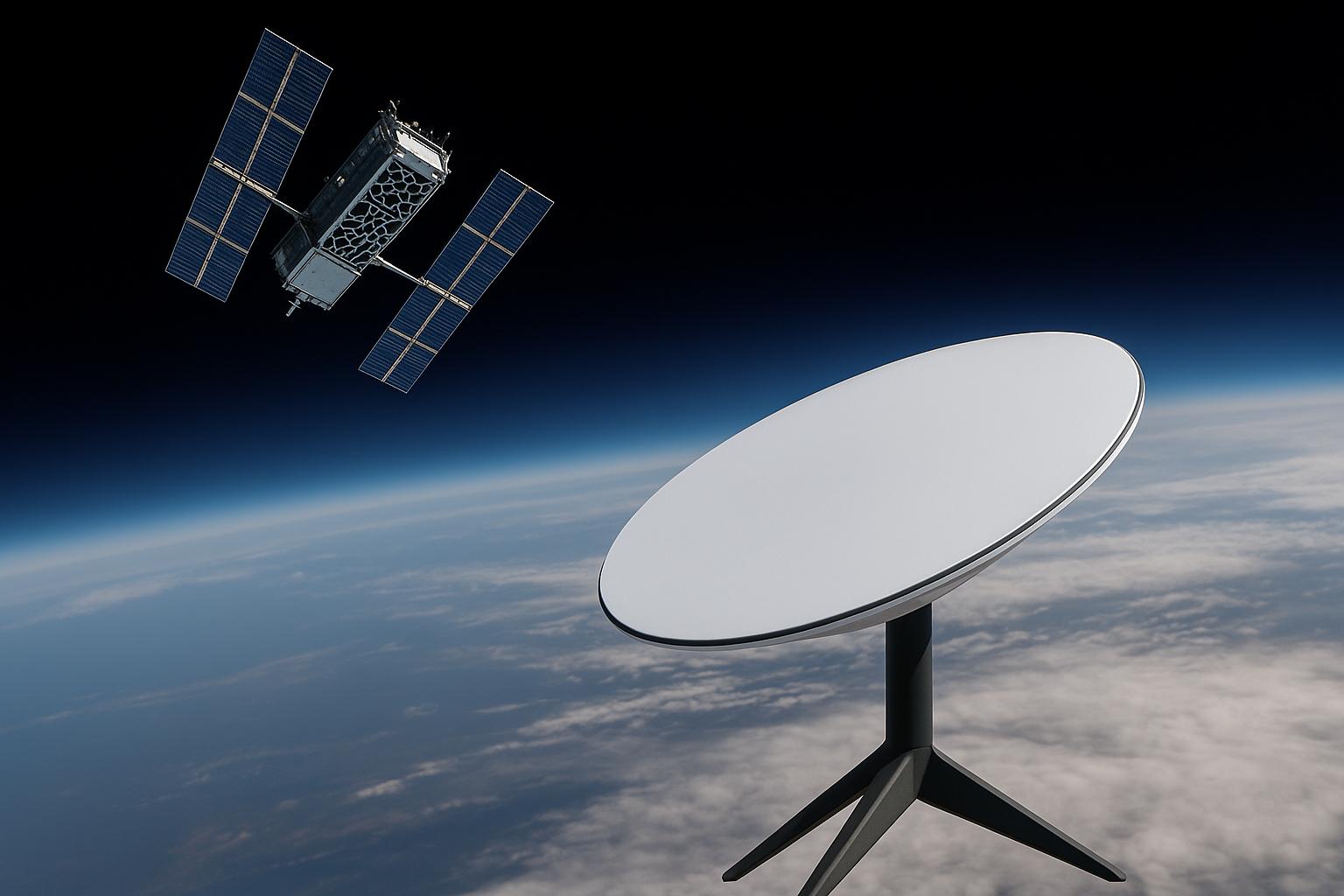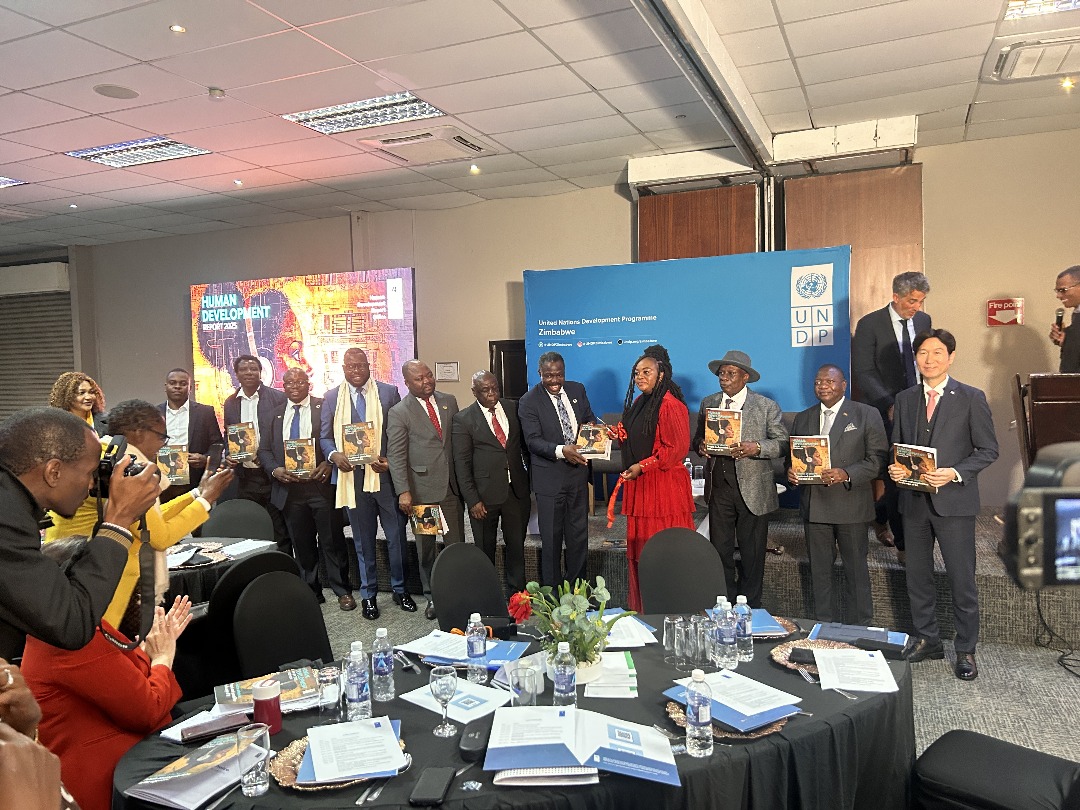For the past number of years we have been writing about the fall in broadband prices. Most, if not all, of these decreases are precipitated by two things: a fall in equipment and a fall in upstream bandwidth prices. Despite these commendable developments one area has been lagging behind: VSAT internet. VSAT is still prohibitively expensive.
VSAT equipment prices have stubbornly remained well above the $1,000 mark and if you factor in the installation costs and license fees, prices often exceed $2,000. In our world of meager incomes and low margins, these prices are well beyond the reach of many and only accessible to the rich few. It is not surprising therefore that compared to other forms of broadband VSAT has probably the least number of installations.
The bandwidth prices are nothing to write home about either. To go by the information on their website, ZOL will charge you $1,800 for installation and about $180/Month for a 500 Megabytes package which translates to about $2.80/ MB. Given that the most expensive price you will ever pay for your mobile broadband is $0.15/MB it is no wonder that people choose mobile broadband. Africom is to be applauded for using the same tariffs across all platforms. Most ISPs will only disclose their prices to customers or if you request a quote which led me to conclude, mischievously that perhaps, that they are too ashamed of their own tariffs. As has always been the case most ISPs will charge you more than you paid for your lobola every month for uncapped access.
Despite the increase in the number of kilometres of our fibre connection,VSAT is still the premier form of connection in remote areas as it offers better broadband speeds and a stable connection that is especially suited for the enterprise environment. It would be awkward if not impossible to use mobile broadband in this instance except if the company is very small. For example my hometown of Nyanga is a popular tourist destination but it does not have fibre, WiMax or UHF coverage. Most tourists expect to have WiFi access at reasonable prices so that they can keep in touch with their business partners and the rest of the world. You cannot simply handout USB dongles to each tourist as they check in. In any case the 3G speeds are pretty slow anyway. Hotels and resorts can only provide affordable internet if their upstream providers charge reasonable prices.
Most rural schools, hospitals, clinics and other critical facilities are not able to afford the VSAT packages that are on offer. This has led to a gap between urban and rural ICT development. Although mobile broadband has to some extent minimized the size of this gap between town and rural folks, this is mostly limited to individuals. It would be great if ISPs subsidised their equipment and offered better priced packages for the sake of those in rural areas and other remote towns. ISPs could also install VSAT hubs at growth points and other densely populated areas and offer cheaper last mile solutions such as WiMax and UHF.
While ISPs and IAPs have been creating affordable packages for customers I feel the VSAT frontier and remote areas have been somewhat neglected and innovation in this service has stagnated even though it is still much very much essential and needed in our country. It is difficult to envisage how ISPs expect to sell a 500MB @Home package to a small scale farmer in Hwedza for over $2,000! There is need for innovation and better packages if customers are to swallow the bait.
Picture form whiteafrican.com












Comments
One response
The greatest challenges boil down to non availability of electricity in most rural areas and the fact that Zimbabwe does not have its own geo-stationery satellite orbiting the earth.And as such local ISO have to buy from other global carrier and this factor alone makes it expensive for a rural based outfit.
But if we could have satellite farms – a collection of dishes with modems point to the sky and the back haul these links to sorrounding areas using last mile tachnologies lke microwave , wimax , LTE and even wife this could help.But again another issue of frequencies arises since theseare allocated by POTRAZ and could preent challenges in gettin much needed spectrum for the required bandwidth,
But I know a company called COMMIT based in Granitesite that has installed hundreds of VSATs all over Zimbabwe rural and urban.
ROI in these areas is not so attractive for companies so one the USF (Universal Service Fund) collected by POTRAZ could come in handy on this one !